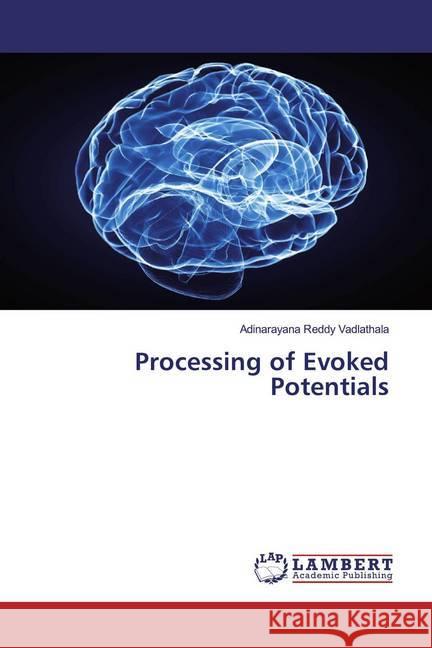Processing of Evoked Potentials » książka
Processing of Evoked Potentials
ISBN-13: 9786202028028 / Angielski / Miękka / 2018 / 112 str.
Algorithms for efficient extraction of evoked potentials are developed. The methods are applied to signals of five different subjects. In this research work time domain mathematical tools are used to separate visual evoked potentials from the noisy electroencephalogram (EEG) background. 14-channel target and non-target visual evoked potential (VEP) data super imposed on noisy background EEG are taken from the subjects. Evoked potentials are recorded from electrodes placed on the human scalp when a particular class of stimulus is applied. Visual evoked potentials are elicited by flash light or checker board stimulus. One may not get the evoked potentials of the desired amplitude levels from some of the channels in response to the applied stimulus. Reasons for such a situation include either inappropriate positioning of electrodes on the scalp, or the neural pathway related to the position of electrodes may be defective. Such non responsive channels are detected by using median distance test conducted on energies of channel wise average signals. Electrodes of nonresponsive channels are adjusted on the scalp until maximum response is obtained.











